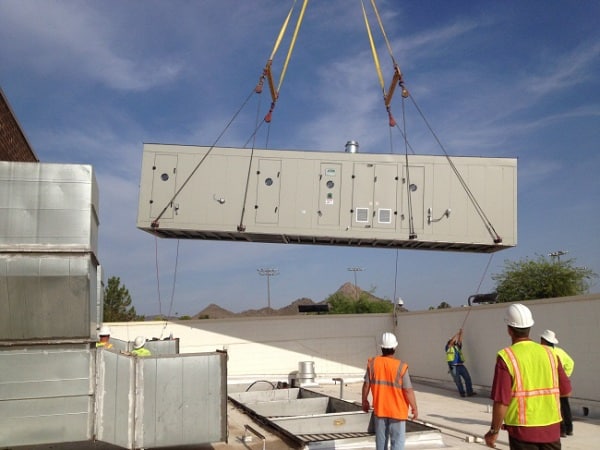
We like to track and analyze construction trends on this blog, and recently we turned our sights to the world of K-12 education construction. As it turns out, this is a complex area to understand because of the changes occurring within the educational landscape itself, which has been complicated by the ups and downs of the economy.
There are relatively few projects being funded right now for new, public school facilities. Most of the reason for that can be attributed to changing demographics: nearly all cities are experiencing some areas of rapid growth and other areas where the population is shrinking or aging. That affects school enrollments and creates challenges for school districts. What if the areas with the most school-aged children aren’t matched to the right-sized educational facilities? Should aging facilities be upgraded? Can they be modernized affordably?
Then there’s the issue of funding. Finding ways to pay for new school projects is complex and, it has changed significantly over the last five years in Arizona and other states. For many years, new school construction was funded through the School Facilities Board (SFB), but with the downturn in the economy the state has cut the funding to SFB dramatically. Now school construction funding depends largely on the districts’ ability to sell bonds via voter approval. In addition, school districts are limited in their ability to sell bonds based upon their local assessed property value. If those values dip, as they did during the recent recession, so does borrowing capacity.
The result is a kind of perfect storm in which school districts are grappling simultaneously with the effects of population changes and funding restrictions. Throw in the conundrum of what to do about poorly performing schools and competition from charter schools, and the situation quickly becomes very complex.
What is Sundt’s response? “We’re focusing on our existing relationships with K-12 clients, helping them with renovation and upgrade projects while they wait for expanded funding options to become available for larger capital projects,” says Kelly Pettigrew, Sundt Project Director for K-12 Construction. “We can definitely help them develop cost-effective solutions within their current parameters.”
A good example is the ultra-fast-track, 12-week renovation project Sundt performed last year for the Paradise Valley Unified School District at Shadow Mountain High School in Phoenix. The $3.5 million project involved renovating the athletic facilities, upgrading the exteriors to several buildings and making the campus more ADA-compliant.